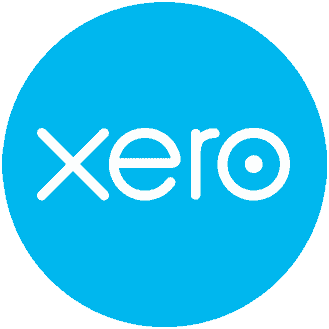by Angela Hodges
•
25 March 2025
Among the biggest winners from the Government’s proposed Foreign Investment Fund (FIF) reforms are likely to be US citizens living in New Zealand. The proposed Revenue Account Method, which is set to take effect from 1 April 2025, offers significant relief from the sometimes harsh and often unfair outcomes created when the US and NZ tax systems collide. The Double Tax Problem for US Citizens Unlike most countries, the United States taxes individuals based on citizenship, not residency. This means that US citizens remain fully taxable by the IRS no matter where in the world they live. When they become New Zealand tax residents, they are subject to NZ’s FIF rules – which tax unrealised gains each year. The problem is that these deemed gains are not recognised by the US tax system, which only taxes actual income or realised gains. This mismatch creates a common scenario where a US citizen in NZ pays tax to New Zealand on phantom FIF income (including unrealised capital gains) but then pays US tax again when the investment is eventually sold – with no US tax credit for the NZ tax already paid. The result is real, permanent double taxation. How the Revenue Account Method Helps The proposed Revenue Account Method addresses these challenges by bringing New Zealand’s tax treatment of FIF investments more in line with the US tax system, as it only taxes: Tax is only triggered when dividends are received or capital gains are realised, allowing US citizens to align taxable events across both jurisdictions. Capital gains are only partially taxed in NZ (70%), and foreign tax credits may be available in the US when realisation occurs (US tax advice will be required). For example, under current rules, FIF income is often calculated using the Fair Dividend Rate (FDR) method – which taxes 5% of the opening value of most foreign shares annually, even if no income is actually received. While this is straightforward from a compliance perspective, it does not align well with US capital gains tax rules, which only tax gains when they are realised. This mismatch can lead to several problems: Double taxation : US citizens in New Zealand can be taxed on notional income under the FIF regime that doesn’t correspond to any US tax liability, meaning no foreign tax credit is available in the US. Compliance complexity : The requirement to use different tax bases (realisation for US purposes, deemed accrual/unrealised gains in NZ) creates extra complexity for reporting and record-keeping. Cash flow issues : As no cash is received under FDR (and potentially CV), taxpayers may be forced to fund NZ tax from other sources or liquidate investments earlier than intended. For US citizens holding private equity, start-up shares, or unlisted interests acquired prior to NZ tax residency, this new method could make a substantial difference. It removes the need to fund NZ tax liabilities out of pocket for income never actually received. The new Revenue Account Method should be especially attractive to US citizens holding equity in start-ups, employee share schemes, or private investment vehicles, where growth potential is high but cash flow is minimal. However, it is important to remember that ultimately this method will still tax capital gains on these offshore investments, as well as taxing dividends. The Revenue Account Method should not be a default go-to for new residents, as some taxpayers may have more favourable outcomes with the existing FIF methods. See our more detailed article on the new Revenue Account Method here. Planning Tips for US Citizens and Advisors If you or your clients are US citizens becoming NZ tax residents, consider the following planning steps: Document asset values on entry : For investments eligible for the Revenue Account Method, the cost base will be the value at the time NZ tax residence begins. A formal valuation may be required to substantiate this. Review eligibility : Confirm that the taxpayer became fully tax resident in NZ on or after 1 April 2024 and that investments were acquired before residency (or pursuant to pre-residency arrangements). Coordinate with US tax advisors : Cross-border alignment is key. A coordinated strategy that considers both US and NZ tax consequences will reduce surprises and improve outcomes. Contact us to discuss how these changes could affect your US-NZ tax position. Disclaimer: The information provided in this article is general in nature and does not constitute personalised tax advice. You should consult with a qualified tax adviser familiar with both US and NZ tax systems before making any decisions based on this content.













